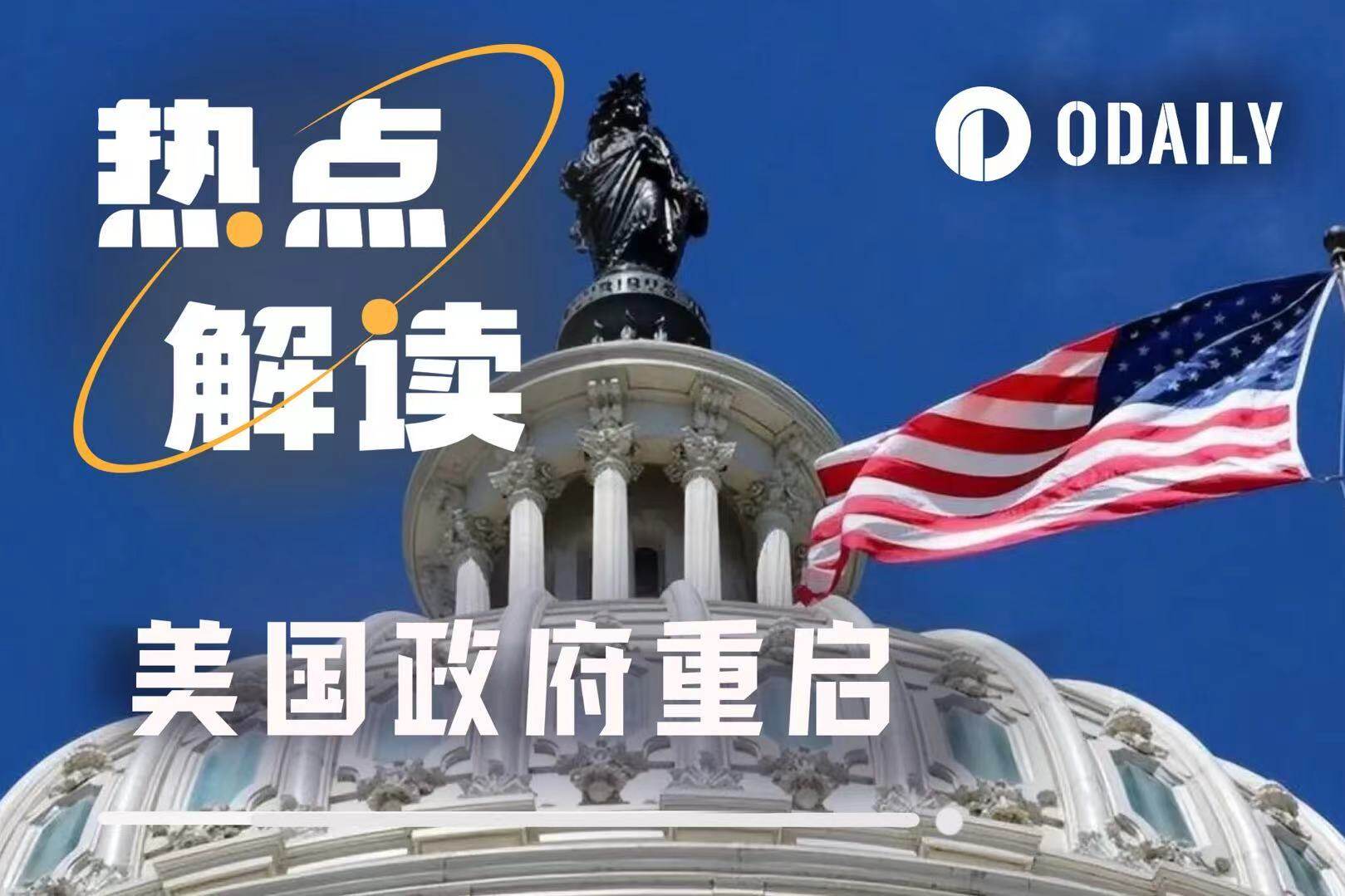Altcoin ETFs debut on Wall Street: Only $700 million raised across four cryptocurrencies.
Original title: "Real-time Report on the Listing of Four Major Altcoin ETFs: $700 Million Flowed In, Easy to Issue, Difficult to Attract Funds"
Author: Nancy, PANews
With the U.S. SEC opening a fast track for crypto ETFs and the regulatory environment becoming increasingly clear, more and more altcoins are attempting to use this opportunity to enter the Wall Street arena. Since last month, eight altcoin ETFs have been approved. However, given the overall downturn in the crypto market, these products generally face the problem of limited capital inflows after listing, making it difficult to significantly boost coin prices in the short term.
Four major altcoins have landed on Wall Street, but their ability to attract funds in the short term remains limited.
Currently, four crypto projects—Solana, Ripple, Litecoin, and Hedera—have secured Wall Street access. However, judging from fund flows, their overall attractiveness remains limited, with some ETFs experiencing zero inflows for several days. These four types of ETFs have only received a cumulative net inflow of approximately $700 million. Furthermore, the prices of various cryptocurrencies have generally declined since the ETFs were launched, which is partly due to the overall correction in the crypto market.
Solana
Currently, there are five US Solana spot ETFs on the market, issued by Bitwise, VanEck, Fidelity, Grayscale, and Canary. Related products from 21Shares and CoinShares are also in the works.
According to SoSoValue data, the cumulative net inflow of US Solana spot ETFs is approximately $420 million, with a total net asset value of $594 million. Bitwise's BSOL contributed the majority of trading volume, with a cumulative inflow of $388 million over three consecutive weeks, but most of this came from the initial investment of nearly $230 million on the first day, after which inflows slowed significantly. Fidelity's FSOL saw a net inflow of only $2.07 million on its first day of listing on November 18th, with a total net asset value of $5.38 million. Grayscale's GSOL saw a cumulative net inflow of approximately $28.45 million, with a total net asset value of $99.97 million. Canary's SOLC saw no net inflow on its first day of listing, with a total net asset value of $820,000. It is worth noting that all spot ETF issuers support staking functionality, which may provide some support for market demand.

According to CoinGecko data, since the launch of the first Solana spot ETF on October 28, the price of SOL has fallen by 31.34% to date.
XRP
In the US XRP spot ETF market, the only listed product is XRPC launched by Canary, while related products such as CoinShares, WisdomTree, Bitwise, and 21Shares are in the preparation stage.
According to SoSoValue data, XRPC has seen a cumulative net inflow of over $270 million since its launch. The first day's trading volume reached $59.22 million, but no net inflow was generated; the second day saw a net inflow of $243 million through cash or in-kind subscriptions, with a trading volume of $26.72 million.
According to CoinGecko data, since the first Ripple spot ETF was listed on November 13, the price of XRP has fallen by approximately 12.71%.
LTC
In late October of this year, Canary Capital officially launched the first US ETF tracking Litecoin, LTCC. CoinShares and Grayscale's related products are still in preparation and are expected to follow suit.
According to SoSoValue data, as of November 18, LTCC had accumulated a net inflow of approximately $7.26 million. Daily net inflows were generally only in the hundreds of thousands of dollars, with several days experiencing zero inflows.
According to CoinGecko data, since the first Litecoin spot ETF was listed on October 28, the price of LTC has fallen by about 7.4% to date.
HBAR
The first US ETF tracking HBAR, HBR, was launched by Canary Capital at the end of last month. SoSoValue data shows that as of November 18th, HBR had accumulated net inflows of approximately $74.71 million. Nearly 60% of these inflows were concentrated in the first week, after which net inflows declined significantly, with some days even showing zero inflows for several consecutive days.
According to CoinGecko data, since the first Hedera spot ETF was listed on October 28, the price of HBAR has fallen by approximately 25.84% to date.
In addition to the projects mentioned above, spot ETFs for crypto assets such as DOGE, ADA, INJ, AVAX, BONK, and LINK are still in the works. Among them, Bloomberg analyst Eric Balchunas predicts that Grayscale's Dogecoin ETF will launch on November 24.
The expansion cycle of crypto ETFs has begun, but their performance still faces multiple challenges.
According to incomplete statistics from Bloomberg, there are currently 155 applications for ETPs (Exchange Traded Products) in the crypto market, covering 35 digital assets, including Bitcoin, Ethereum, Solana, XRP, and LTC, showing a rapid expansion. With the end of the US government shutdown, the approval process for these ETFs is expected to accelerate.
As the US regulatory environment becomes clearer, it may drive a new wave of expansion in crypto ETF applications. The US SEC has approved a common listing standard for crypto ETFs and recently issued new guidelines allowing crypto ETF issuers to expedite the approval process for their filings. Meanwhile, in its latest fiscal year review priorities document, the SEC significantly removed the previously standard section specifically on cryptocurrencies. This contrasts with the tenure of former Chairman Gary Gensler, when cryptocurrencies were explicitly listed as a key focus of review, with particular emphasis on spot Bitcoin and Ethereum ETFs.
Furthermore, the introduction of staking functionality is expected to stimulate demand from institutional investors, thereby attracting more issuers to join the ETF application queue. Research from Swiss crypto bank Sygnum shows that despite the recent sharp market correction, institutional investor confidence in crypto assets remains strong. Over 80% of institutions expressed interest in crypto ETFs other than Bitcoin and Ethereum, with 70% stating they would begin or increase their investments if the ETFs offered staking yields. Positive signals have also emerged from the policy front regarding ETF staking. Recently, US Treasury Secretary Scott Bessent issued a new statement indicating that the US will cooperate with the IRS to update guidance and provide regulatory support for cryptocurrency ETPs that include staking functionality. This move is seen as potentially accelerating the approval process for Ethereum staking ETPs and paving the way for multi-chain staking products on networks such as Solana, Avalanche, and Cosmos.
However, altcoin ETFs are not attractive enough to investors at this stage, mainly due to a combination of factors such as market size, liquidity, volatility, and market sentiment.
On the one hand, altcoins have limited market size and liquidity. CoinGecko data shows that as of November 18th, Bitcoin's market share was close to 60%, while excluding ETH and stablecoins, other altcoins accounted for only 19.88%. This results in poor liquidity for the underlying assets of altcoin ETFs. Furthermore, compared to Bitcoin and Ethereum, altcoins are more susceptible to short-term narratives, exhibiting higher volatility and being considered high-risk beta assets. According to Glassnode data, since the beginning of this year, the relative profitability of altcoins has largely fallen into deep capitulation territory, with a significant divergence between Bitcoin and altcoins rarely seen in previous cycles. Therefore, altcoin ETFs, especially single-token ETFs, struggle to attract a large number of investors. In the future, investors may prefer a diversified, multi-tiered altcoin ETF strategy to reduce risk and increase potential returns.

On the other hand, altcoins face risks of market manipulation and lack of transparency. Many altcoins lack sufficient liquidity, making them susceptible to price manipulation. ETF net asset value estimation relies on the price of underlying assets; if altcoin prices are manipulated, it will directly affect the ETF's value, potentially triggering legal risks or regulatory investigations. Furthermore, some altcoins may be classified as unregistered securities. Currently, the US SEC is pushing for a token taxonomy to differentiate whether cryptocurrencies are securities.
Furthermore, macroeconomic uncertainty has exacerbated investors' risk aversion. With overall confidence low, investors are more inclined to allocate to traditional assets such as US stocks and gold. Meanwhile, altcoin ETFs lack the brand recognition and market acceptance of Bitcoin or Ethereum spot ETFs, especially lacking the endorsement of large institutions like BlackRock. The distribution networks, brand effects, and market trust provided by leading issuers are difficult to replicate, further weakening the appeal of altcoin ETFs in the current environment.
- 核心观点:山寨币ETF获批但吸金能力有限。
- 关键要素:
- 四大山寨币ETF仅流入7亿美元。
- 多数ETF出现多日零流入现象。
- 币价在ETF上市后普遍下跌超7%。
- 市场影响:短期难以提振山寨币市场信心。
- 时效性标注:短期影响



